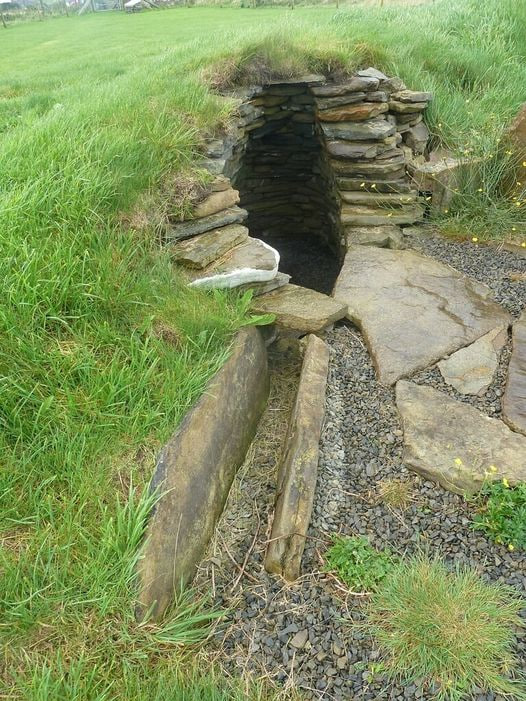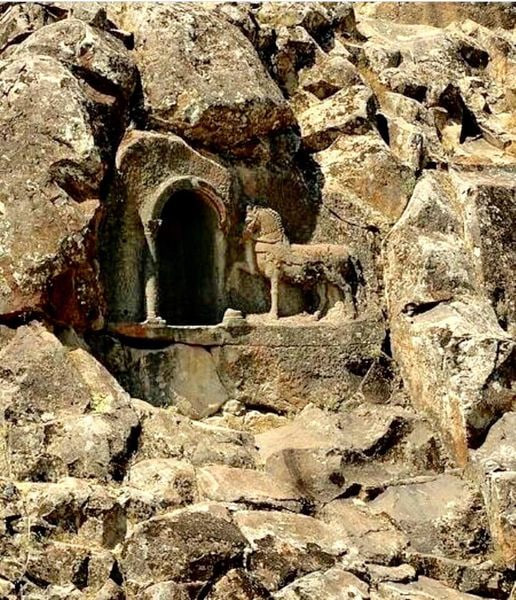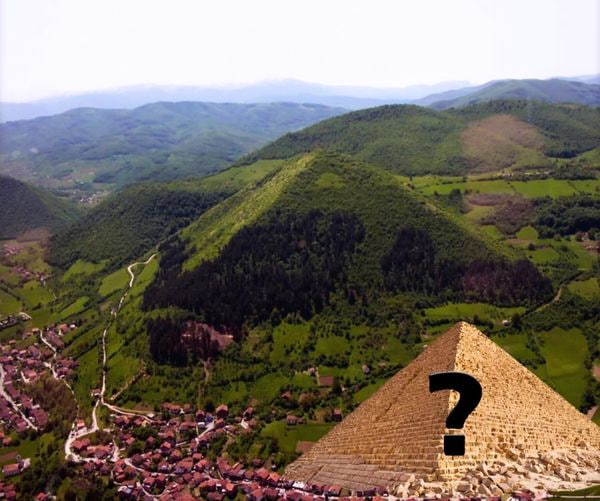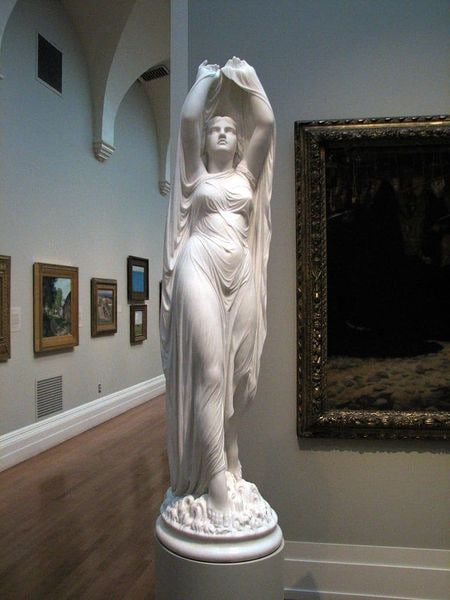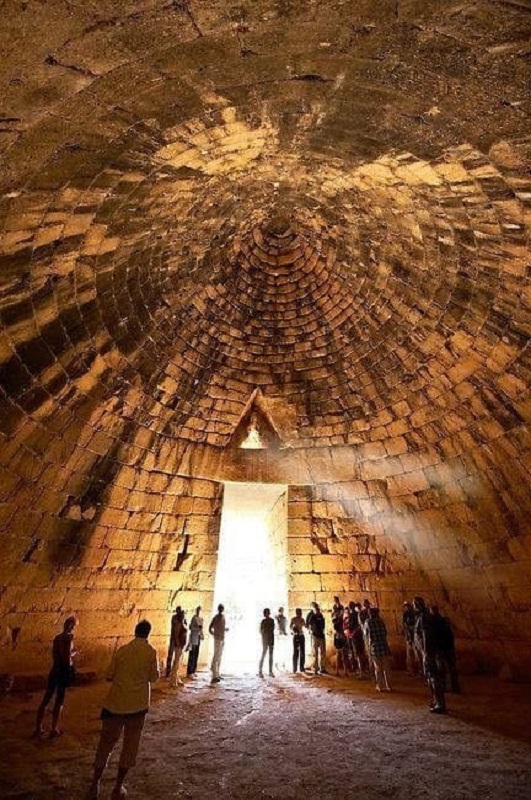Stonehenge, the prehistoric monument that has stood on the Salisbury Plain in England for thousands of years, has witnessed vast changes not just through the millennia but also within the past century. The upper photograph, taken around 100 years ago, presents Stonehenge with the custodians' cottages standing mere meters away from the ancient stones—a proximity hard to imagine today.
The lower photograph shows the current view of Stonehenge, where the landscape is markedly different. The custodians’ cottages, which once provided a domestic scene so close to the monument, were demolished in the 1930s as part of efforts to preserve the sanctity and integrity of the site. Today, Stonehenge stands more isolated, a conscious decision by preservationists to maintain the site's historical context and integrity.

The removal of the cottages was a move towards creating a more 'authentic' experience for visitors and returning the landscape to a state believed to be more in keeping with its original setting. It also reflects a shift in heritage management philosophies, where the emphasis has moved from living history to preservation and archaeological study.

Stonehenge has long captured the human imagination, and its purpose and the methods of its construction remain the subject of much speculation and wonder. As a UNESCO World Heritage Site, it is now protected and managed with the utmost care, ensuring that it continues to be a source of fascination for future generations.

The transformation of the area around Stonehenge is emblematic of the broader efforts to balance the preservation of historical sites with modern developments. It serves as a reminder that, while our appreciation and understanding of such sites evolve, so too do the landscapes that frame these ancient monuments.






